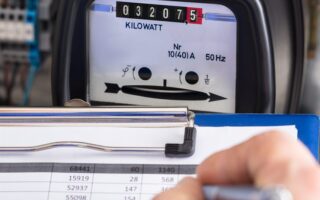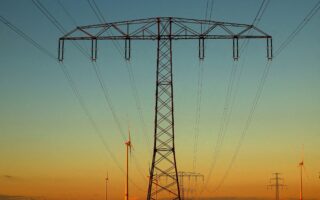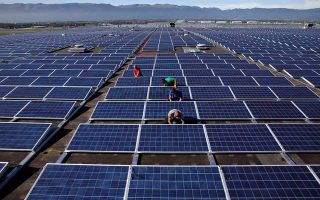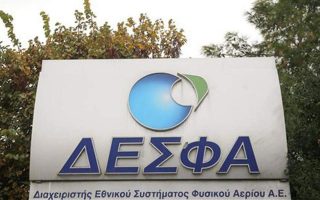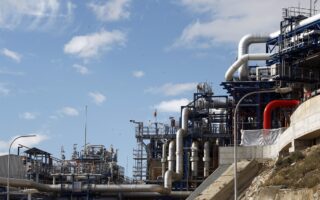Offshore windfarms shortlist
The first six projects have an implementation target for 2030; Crete leads the way in plans
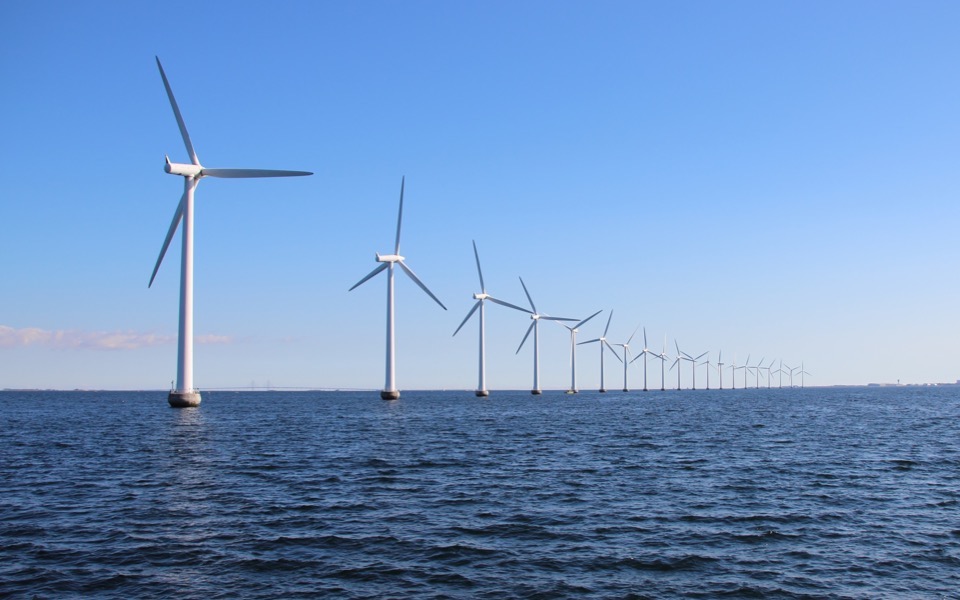
The die has been cast for the maritime regions that will host the country’s first offshore wind farms. The National Offshore Wind Farm Development Program (EPAYAP), which according to information was scheduled to be announced within the week but probably due to the municipal elections will be moved to the next one, shortlists 12 areas as potential sites for development. Six of those will be developed in the first phase, with a horizon of 2030. It is noted that the area of Alexandroupoli is a special case that will host pilot projects of 600 megawatts.
Leading this new market is Crete, where a total of 800 MW of offshore wind power is planned to be installed, 600 MW in the northeastern part of the island between Agios Nikolaos and Sitia and 200 MW east of Sitia. It is followed by the South Aegean, in the sea area between Kos and Rhodes, which can accommodate 550 MW followed by the northwestern Aegean in the sea zone of Lesvos-Skyros-Evia where the installation of 300 MW is planned.
The offshore wind power of the Cyclades, despite its high potential, is limited due to tourism development and probable reactions to 250 MW in the area between Syros and Naxos. The map of potential sites also includes the Ionian Sea, which was not in the original planning as it is not among the areas with high wind potential. The national program included the Diapontian Islands region in the northwest Ionian Sea for the development of 200 MW projects.
Apart from the first phase of development, areas with rich offshore wind potential that had been included in the original planning remained for national reasons, such as the Eastern Aegean on the Lesvos-Chios-Samos axis, the Dodecanese on the Ikaria-Patmos-Leros axis and the maritime area between Limnos and Agios Efstratios, as well as most of the sea area of the Cyclades.
The majority of the projects that will be developed in the Greek seas will be floating offshore wind farms, and this is because the depths of the Greek seas, with few exceptions, are not suitable for fixed-site projects.
